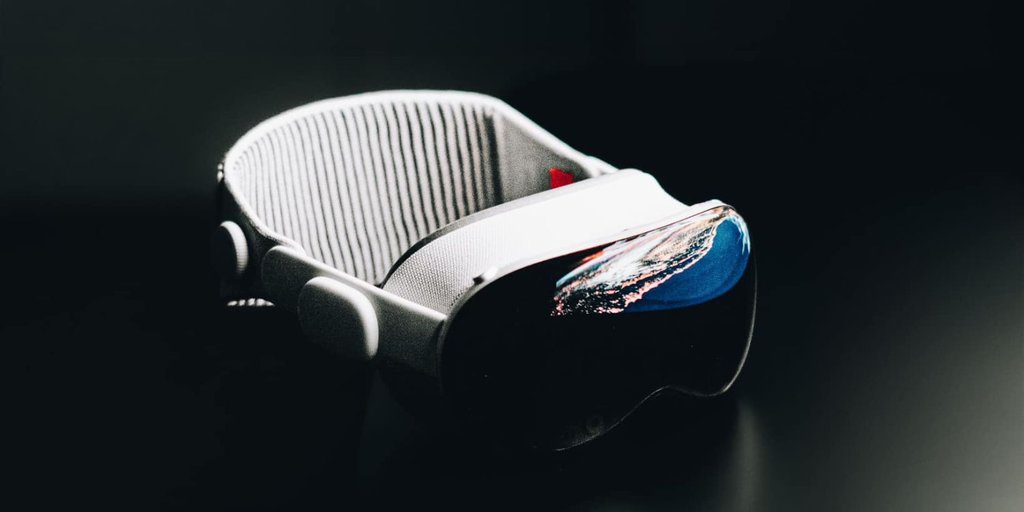
Apple’s Vision Pro headset was released recently, and people seem to have mixed feelings about it. The headset, which looks like strange goggles one wears over the face, provides an “augmented reality” experience. On the one hand, it’s certainly clear how such a device could be useful. On the other hand, that functionality would come at the price of not connecting with the world, becoming overly dependent on technology, and looking utterly stupid. As it turns out, there’s another downside to this device. Like with any new technology, researchers are looking into the Apple Vision Pro headset, and the results are pretty grim.
The Study
At the moment, Apple Vision Pro headsets go for $3,499, but that number may become lower as the results of this study continue to roll out. A team at Stanford University and Michigan University tested the Vision Pro, the Quest Pro, the Quest 3, the Varjo XR-3, and various vision goggles. The researchers found that people struggled to move through reality when wearing augmented reality devices. Some participants thought objects were closer than they actually were, while others thought the objects were further away. Many people reported feeling motion sickness, nausea, eye strain, headaches, and dizziness. Last but not least – and to no one’s surprise – wearing augmented reality devices over your eyes will make you feel out of touch with reality.
The Results
The research paper explains, “Anyone who has spent time in a museum’s hall of mirrors that make people appear taller, thinner, or curvier understands this concept. Because wearing passthrough technology involves seeing the world through a small number of cameras, there is often a discrepancy between the location of a user’s real eyes and the location of the camera display.” The study’s lead author, Jeremy Bailenson, added, “These headsets can not only add things to the real world, they can also delete them. I’ve been doing VR and AR for a while, and I had never in my life seen deletion work so well. What we’re about to experience is, using these headsets in public, common ground disappears. People will be in the same physical place, experiencing simultaneous, visually different versions of the world. We’re going to lose common ground.”

He then offered Apple a bit of an olive branch by adding, “The world’s going to be just fine. People adapt to media. These headsets are incredible. But philosophically, I do not believe we need to be wearing these headsets for hours every day.”
Why Cats Chew on Plastic + How to Get Them to Stop

If you’re baffled by your cat’s tendency to chew on plastic, rest assured that you’re not the only one. This is one of cats’ many bizarre habits. Rather than get frustrated, or hide half the items in your house, read this guide to learn why your cat chews on plastic and how to get it to stop.
Mental Health
In all likelihood, your cat is chewing on plastic due to their emotional/mental state. This action can be caused by anxiety, stress, or boredom. Your cat may be chewing plastic as a method of self-soothing.
Have Some Fun
A great way to ease your pet’s anxiety, and alleviate boredom, is by playing with them! Schedule some quality playtime for you and your cate each day.

Cat behaviorist Stephen Quandt explains that it’s important to “prioritize scheduled play throughout the day” because it “creates a routine, which is comforting and fights boredom.” Truthfully, a bit of cuddle time with your fur baby will be good for you too!